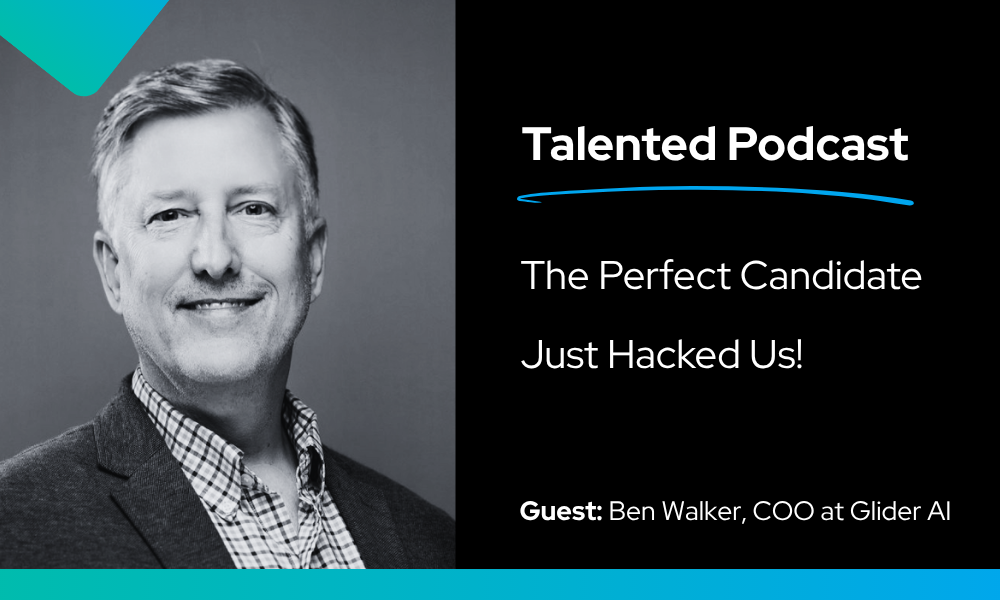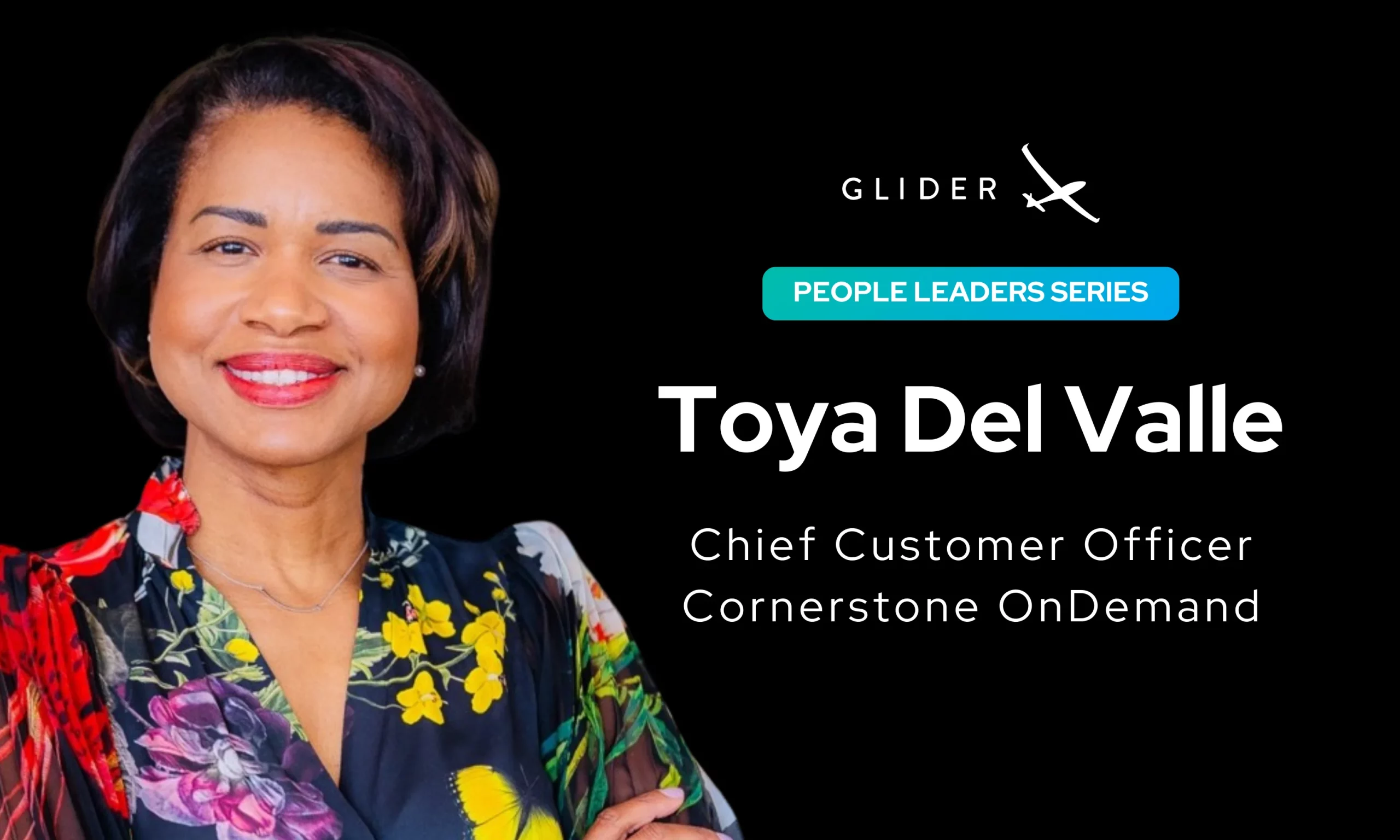
Make talent quality your leading analytic with skills-based hiring solution.

The recruitment landscape is witnessing a huge surge in contingent hiring since 2019. The employment trajectory from various surveys report that the U.S job market will consist at least 50% of contingent workforce by 2050.
According to Statista , the projected gross volume of the gig economy will reach $455.2 bn by next year, 2023. The study shows how digital platforms are leading the rise of freelancers.
The contingent workforce is a direct descendant of the gig economy. It largely constitutes contract or temporary workers who are not hired for long-term. For instance, an IT developer may be hired only on a specific project for a limited time.
Matt Erhard, Managing Partner at the Summit Search Group opines that contingent workforce is a mixed bag of benefits and challenges. From his view point, companies must be cognizant of what the contingent workforce brings to the table.
“Develop long-term relationships with contractors or temporary employees. It comes a long way when you need them in the future. However, you cannot have the same control over worker quality and consistency as you do with staff on the payroll, even if you use a temp agency or a staffing firm.” – Matt Erhard, Summit Search Group
Often, employers do not look beyond “soft skills” during the hiring process (even in permanent workers). Therefore, they fail to hone specific skills and knowledge in contingent workers. Articles on how to convert passive job seekers into quality candidates can help you hire top talent.
Besides, companies can also adopt the following methods
For example, talent intelligence companies like Glider AI ensure its client’s needs by putting talent quality over everything else. Glider’s products like phone screens, interactive assessments etc not only simplify hiring process, but also enhances candidate experience.
Matt cautions the employers to avoid major mistakes when hiring contingent workers. Taking a cue from his personal experience, he says that managers ignore their temporary workers, especially if they’re performing basic tasks like data entry.
Managers think they don’t need to develop a working relationship with these workers as the latter work for a limited tenure. This can negatively impact work quality.
Contingent workers need supervision, their questions answered and given constructive feedback, similar to that of any regular employee.
Contingent workers are different from permanent workers. So, companies should be diligent in managing contingent workers. Clear and frequent communication should be a top priority minus micro management.
Also, a great onboarding experience can guide them about company’s policies, procedures, culture and their project until they’ve settled in.

“The Perfect Candidate Just Hacked Us”: Inside the Global Playbook of Hiring Fraud That 100% test score might be your biggest red flag. Enterprise breaches don’t always start with phishing emails; sometimes, they start with a fake job interview. In this episode of Talented, Joseph Cole sits down with COO Ben Walker to unpack one […]

Can HR Stop Playing Buzzword Bingo with Skills and AI? If you’re an HR or TA practitioner or work in HR Tech in any capacity, AI and Skills-Based Hiring is what everyone is talking about. The problem? All the talk is diluting the importance of two very interrelated topics. Glider AI sponsored the Transformation Realness […]

Q&A with HR/TA Analyst Kyle Lagunas The traditional playbook that was HR is being rewritten. AI is reshaping work, skills-based strategies are transforming hiring, and HR teams are under pressure to deliver more with less. HR isn’t just about managing people anymore—it’s about engineering the future of work. In this Q&A session, Kyle Lagunas and Joseph […]